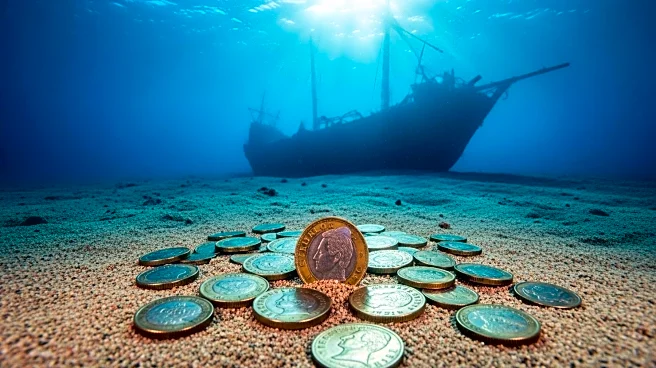What is the story about?
What's Happening?
A new study by Jukka Tuhkuri, a researcher at Aalto University, has revealed that the Endurance, the ship used by Sir Ernest Shackleton during his 1914 Antarctic expedition, was not as structurally sound as previously believed. The study highlights that the ship was not designed to withstand the compressive pack ice conditions it encountered, leading to its eventual sinking. Despite being considered one of the strongest polar ships of its time, the Endurance had several structural deficiencies, including weaker deck beams and frames, and a lack of diagonal beams to strengthen the hull.
Why It's Important?
The findings challenge the long-held perception of the Endurance as a robust vessel and provide new insights into one of history's most famous survival stories. Understanding the structural shortcomings of the Endurance offers a more nuanced view of Shackleton's expedition and the challenges faced by early polar explorers. This research may influence future studies on historical ship design and the decision-making processes of explorers. It also raises questions about the factors that led Shackleton to choose the Endurance, despite being aware of its limitations.
Beyond the Headlines
The study prompts reflection on the decision-making and risk assessment practices of early 20th-century explorers. It highlights the potential impact of financial pressures and time constraints on expedition planning. The research also underscores the importance of thorough structural analysis in ship design, particularly for vessels operating in extreme environments. While the study does not diminish Shackleton's achievements, it adds depth to the historical narrative and encourages further exploration of the factors influencing exploration decisions.
AI Generated Content
Do you find this article useful?














